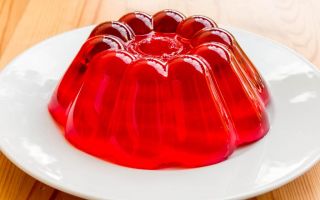Content
E466 food additive is a part of ice cream, dairy products, canned food, sauces, confectionery. A mention of it can be found on the packaging for cosmetics, medicines, household chemicals. Such widespread use is due to its good stabilizing properties, as well as the relative safety of the substance for the human body.
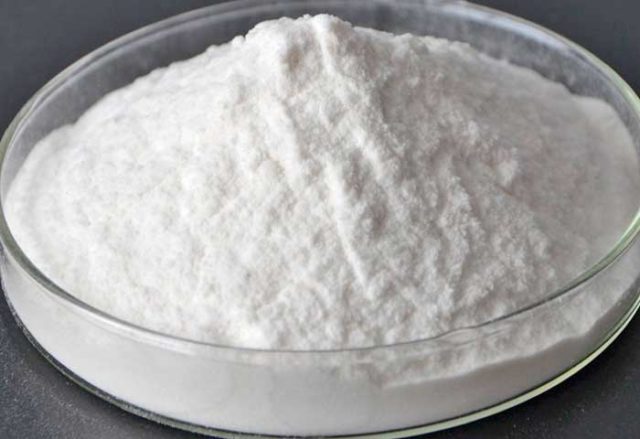
What kind of additive is E466
Carboxymethyl cellulose (CMC, food additive E466, Carboxymethyl cellulose) is a powder without inclusions, foreign taste or odor of white or cream color. It is a stabilizer, emulsifier, thickener with universal action.
The main chemical and physical properties of the food additive:
- has no color, taste or smell;
- resistant to light and heat;
- well soluble in water, alkali;
- resistant to acids;
- has good chemical compatibility with many substances;
- not poisonous;
- does not lose its properties after defrosting.
E466 additive in water is a sticky, jelly-like liquid. Its addition in the production of food products, cosmetics, pharmaceuticals allows you to obtain a substance of any viscosity and plasticity.
What is carboxymethyl cellulose made of (E466)
On an industrial scale, the food additive E466 has been produced since 1946. Its main component is wood cellulose - a cheap, environmentally friendly, safe material. Also, the composition of carboxymethyl cellulose includes monochloroacetic acid - a derivative of ordinary acetic acid.
CMC production includes several stages, each of which takes a long time. At the first stage, wood, cotton or rice cellulose is treated with an aqueous solution with organic solvents. Then monochloroacetic acid is introduced. After that, the resulting product is dried, crushed and packed in paper bags with an obligatory polyethylene layer. In such packaging, the substance reaches the enterprises.
The benefits and harms of carboxymethyl cellulose (E466)
By its composition and effect on the human body, the E466 supplement is close to indigestible dietary fiber. Some experts claim that CMC can have a beneficial effect on intestinal motility and help cleanse the body. However, there is no scientific confirmation of the benefits of the substance for humans.
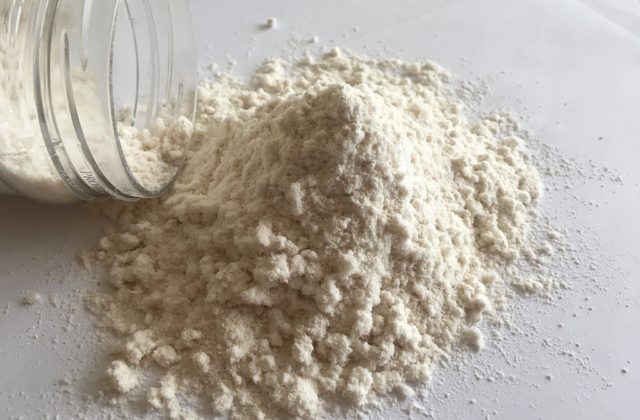
There is a misconception that the stabilizer powder has a genetically modified structure. Numerous studies have proven that the E466 food supplement does not belong to genetic engineering products, does not affect the human genome and does not cause any abnormalities. It is absolutely neutral, does not participate in metabolic processes, and is completely excreted from the body unchanged.
At the same time, CMC can harm:
- children;
- elderly people;
- in case of disturbances in the work of the gastrointestinal tract;
- with individual intolerance to the substance.
Excessive consumption of E466 can cause indigestion, the development of chronic diarrhea, allergic reactions, and dehydration.
Experts associate the recommended restrictions not so much with the effect of the supplement on the body as with the harm of the products themselves. Sausages, sweet curds and yoghurts, semi-finished products, sauces and canned food can hardly be classified as diet food.
Dangerous or not food additive E466
Carboxymethyl cellulose belongs to the category of substances moderately hazardous to humans. It is approved for use in the food industry, pharmaceuticals, and cosmetology.
CMC is a harmless “thickener”, thanks to which products retain their structure, elasticity, and uniform consistency longer. Industrial production of ice cream, jelly, confectionery and curd products is impossible without it.
Safety is also confirmed by the widespread use of the food additive in pharmacology as a capsule stabilizer. It does not dissolve in water, does not react to light and the acidic environment of the stomach.

Where and why add stabilizer E466
The sodium salt of carboxymethyl cellulose has stabilizing properties, imparts viscosity, maintains an integral structure, and extends the shelf life. It is one of the most popular and safest supplements around.
The substance is used for the following purposes:
- the formation of gels;
- creation of plastic solutions;
- stabilization of the chemical or physical properties of the parent substance;
- film formation;
- protection against moisture loss as a moisture-retaining component;
- production of liquids with varying degrees of density and viscosity.
Stabilizer E466 is added to detergents, adhesives, lubricants, dry building mixtures, paints and varnishes. It can be found in fire extinguisher foams, eye drops, and ceramics. According to experts, the valuable properties of the substance are used in more than 200 areas of medicine and technology.
Carboxymethyl cellulose in cosmetics
E466 additive is used in the production of:
- shampoos;
- gels;
- shaving foam;
- styling products;
- deodorants.
Carboxymethyl cellulose can be found in toothpaste, various creams, and ointments. It mixes well with the rest of the components, gives a plastic, homogeneous structure, does not allow the funds to spread.
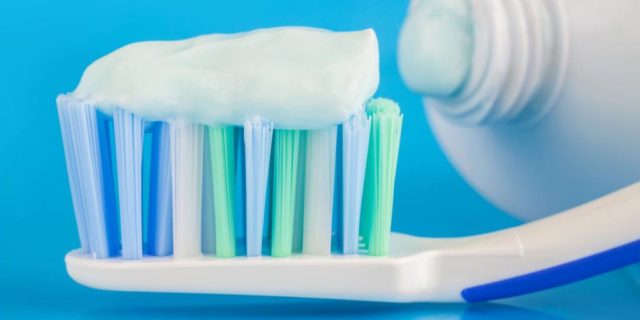
Stabilizer E466 is not absorbed by skin pores, does not cause allergic reactions or irritation.
Carboxymethyl cellulose in the food industry
Sodium salt is used as a food additive that performs the following functions:
- thickener;
- stabilizer of properties;
- preservative.
The safe norm for a person should not exceed 8 g per kg of finished product.
The thickener E466 is found in such products:
- sauces, ketchups, mayonnaises;
- ice cream, confectionery fillings;
- jelly, marmalade;
- dairy desserts, sweet yoghurts, curds;
- processed cheese;
- cream, sour cream;
- instant products;
- canned fish.
In addition, it is part of the casing for sausages.
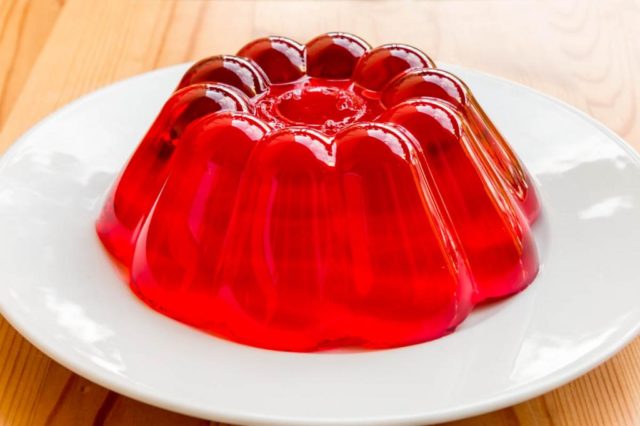
The food additive helps to retain moisture, preserve gelling properties, consistency and plasticity. It gives a creamy taste to dairy products, prolongs the shelf life.
Conclusion
Food supplement E466 has practically no effect on the human body. It has no beneficial properties, does not affect health. The use of carboxymethyl cellulose in the production of food products, cosmetics, pharmaceuticals is caused by the need to preserve the shape, structure, and plasticity of the original components. There are no legal restrictions on the use of E466.

